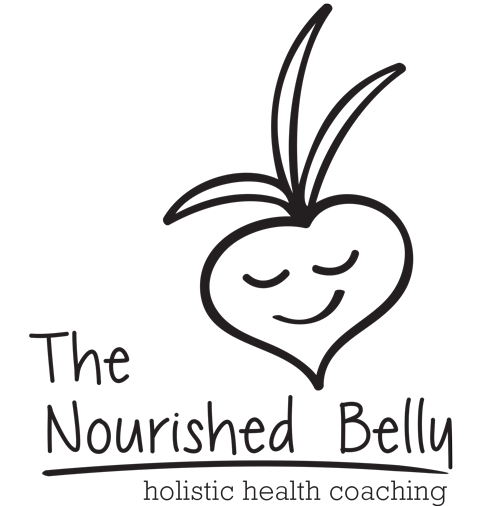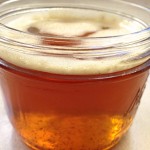Aloha Nutrition Lovers! I’ve made some exciting shifts in my practice lately. I’ve decided to start focusing on nourishing and sustainable weight loss! People have been coming to me for different sorts of things, but weight loss is a recurrent theme. And when people embrace this new way of living, many of them find that they are doing just that…. Experiencing weight loss that seems pretty effortless. So, in honor of my new title as a Holistic Weight Loss Coach, here’s a blog post about 5 common myths about weight loss and to really drive the idea home that yo yo dieting and starving yourself thin are really NOT the way to do it.
5 Myths of Weight Loss
Fat Makes Us Fat
For years, we’ve been conditioned that eating fat will make us fat. Many of us still buy low fat dairy products, don’t eat the skin on chicken, and are scared of using butter. The thing is though, our bodies need fat. We love fat. It allows us to absorb nutrients, it helps keep our blood sugar stable, and fat and cholesterol are the building blocks of many of our hormones, which we really, truly need. If you eat dairy, buy whole milk. Buy whole plain yogurt (organic of course.) Never buy something that is advertised as low fat, and eat the skin on your organic chicken! It makes things taste a whole lot better and fat is what makes us feel full.
Vegetable Oils are Healthy
I advise my clients to throw these suckers out. Maybe with the bottle you have in your cupboard, you can grease your bike chain, or clean some goo off your hardwood floors, but do NOT put this stuff into your body. You can read a bit more about why not in my blog post about cooking oils, but the basics are that vegetable oils (corn, soybean, Wessen for example) are extremely delicate oils, and most are extracted using high heat and solvents, and are often damaged before they even get to your house. Then you cook with them and damage them further. Or they are chemically processed (hydrogenated) to look like butter (margarine), and instead are just a heaping pile of transfats. Don’t
use them.
Diet Sodas Will Help Me Lose Weight
We drink diet sodas because we think that we don’t want any more calories, but there are studies out that show that just the sweet taste alone is enough to cause insulin secretions...which will cause us to store fat. Not to mention that artificial sweeteners have been linked to cause headaches, sleep problems, fatigue, and a whole host of other problems. There are many people who have written about this subject at length, Joseph Mercola being on them. Read more. Just the word artificial is an accost to my whole foods, nature loving sensibility. Are you with me?
I Just Need to Exercise More
Gary Taubes’ 2011 book Why We Get Fat and What do to About it, addresses the idea that it’s not as simple as eating less and exercising more. Exercise has plenty of benefits and everyone should be doing it, but it’s not the end all be all of losing weight. Taubes points out that exercise will invariably make us hungrier, and that while exercise is part of a healthy lifestyle, we won’t necessarily exercise ourselves thin. Losing weight because of activity level has a lot do with our individual metabolism, and honestly and most importantly…because of WHAT YOU EAT. More fabulous info by Taubes here.
The Less I Eat the Better
Deprivation has not been shown to aid in sustained weight loss. Gary Taubes points out that according to the Women’s Health initiative, which was a 15 year research study looking at the habits of post menopausal women, women who were eating 360 calories less a day for 8 years lost an average of 2 pounds each! I often look at clients’ diet journals and see that they aren’t eating ENOUGH. When the body doesn’t eat enough calories, our metabolism slows down and we start to store fat. Instead of depriving ourselves, we need to nourish and create an awareness between the food that we eat and how we feel. You should feel happy and satiated when you eat the right things.
Ok people. Get out of the old paradigm, and into the new.
Happy Nourishing, Tammy


